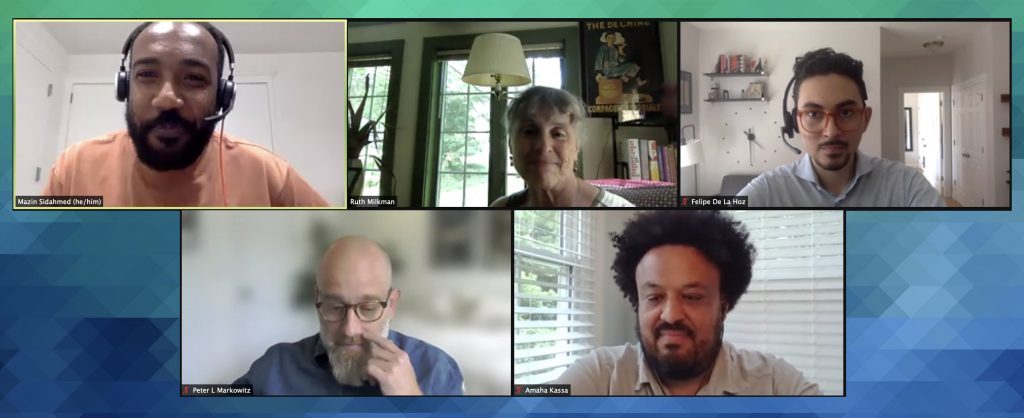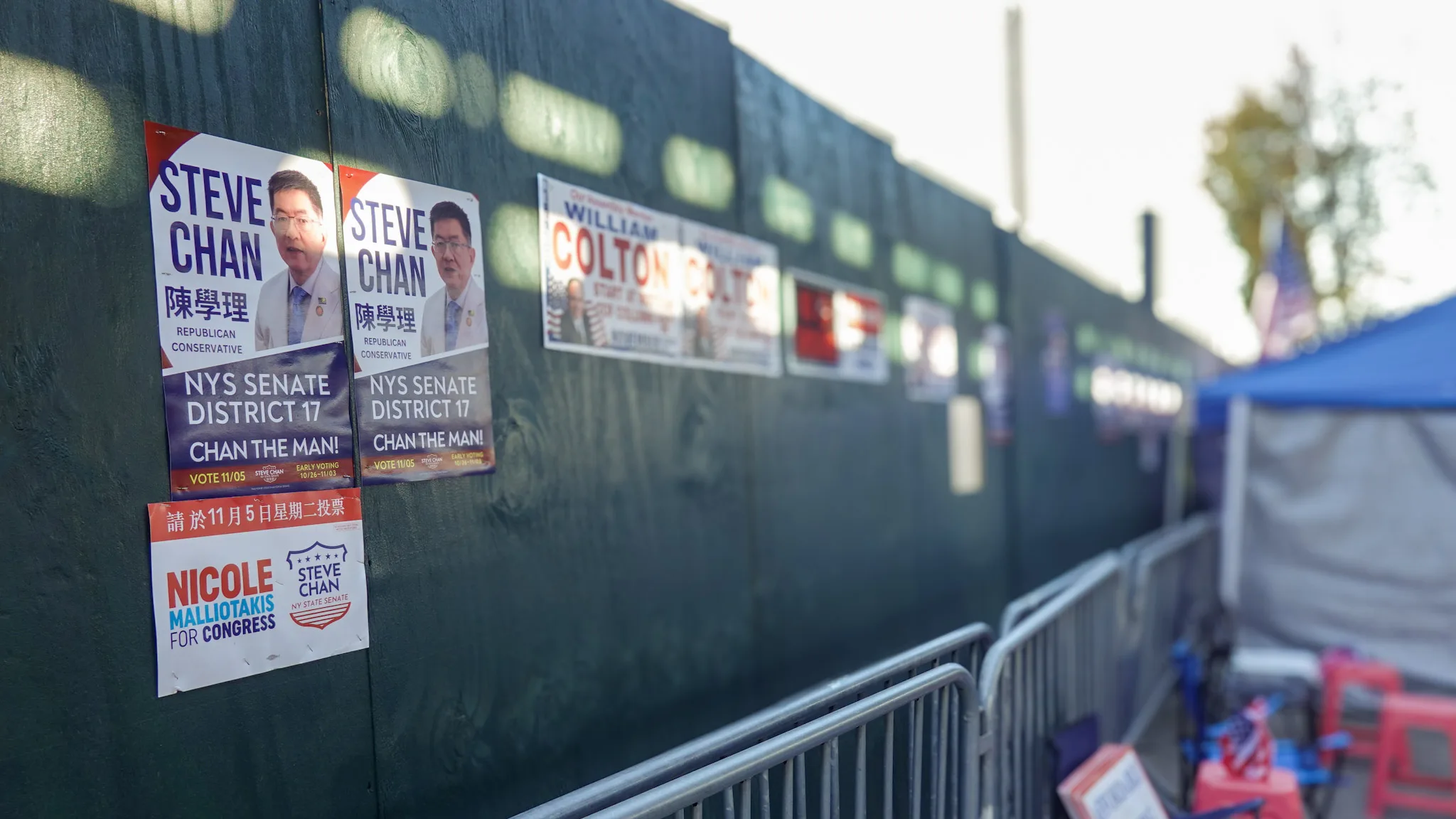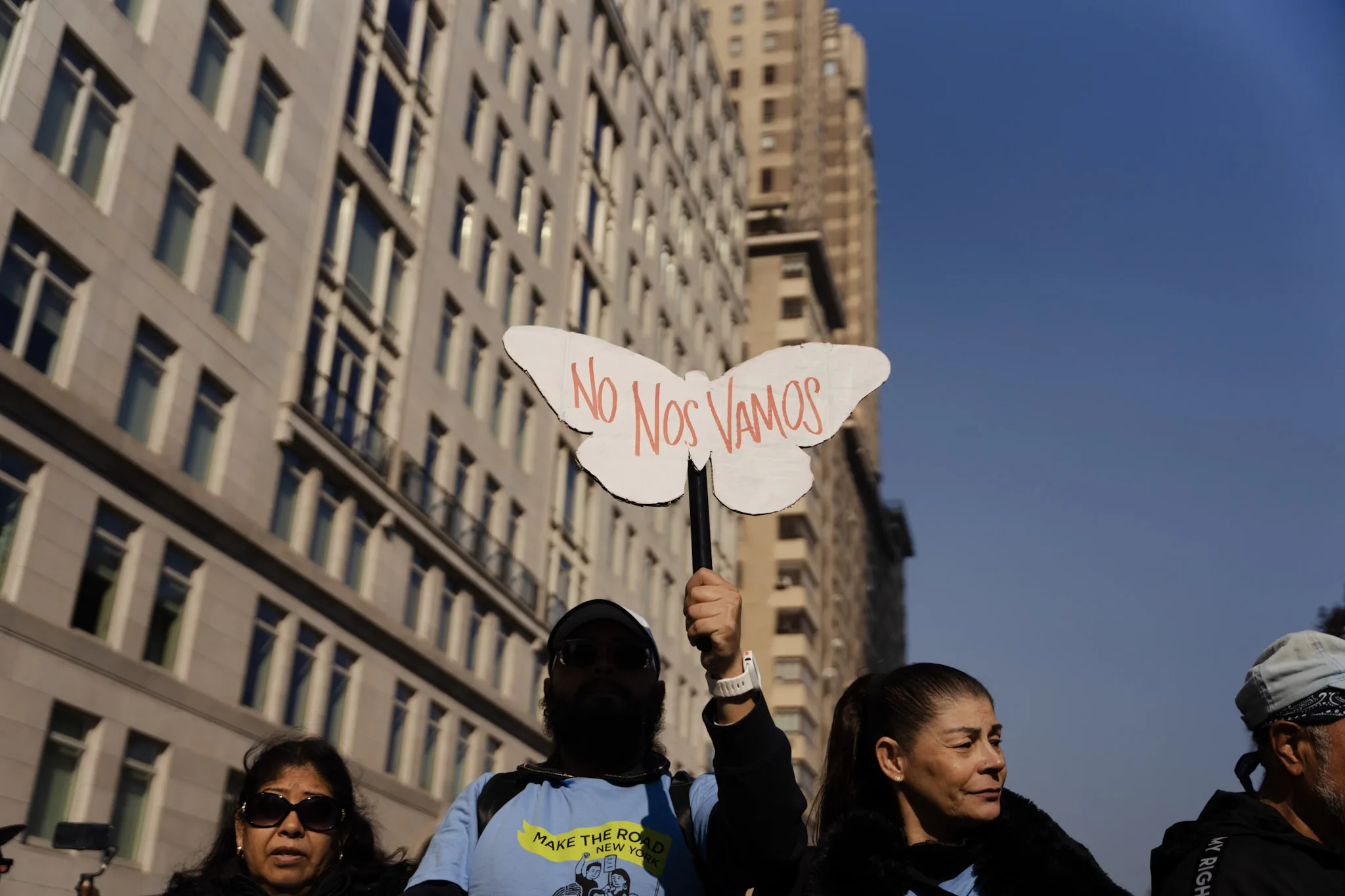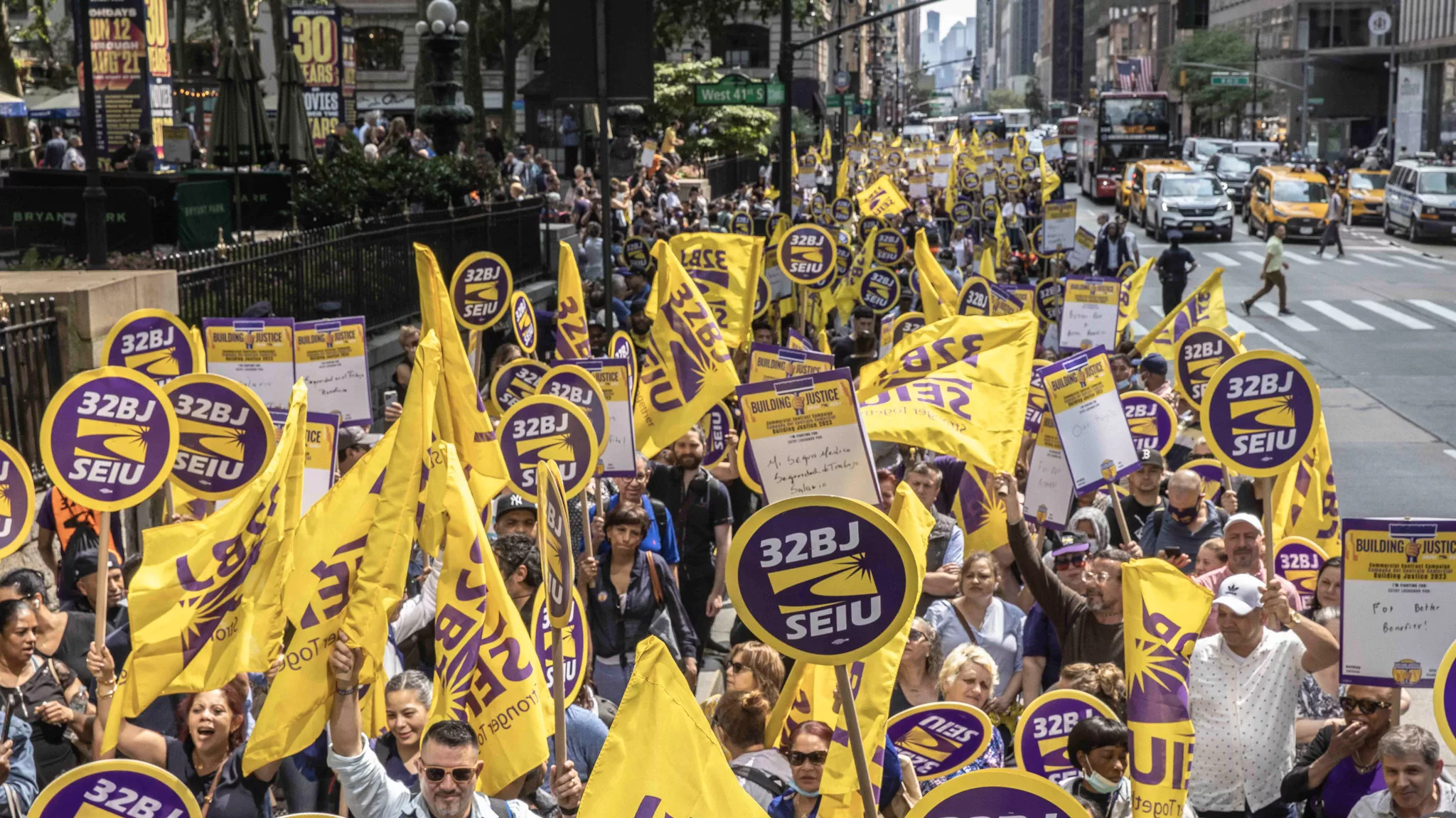While there is bipartisan agreement that the current U.S. immigration system is broken, the book Immigration Matters, Strategies for a Future Immigration System by Ruth Milkman, Deepak Bhargava, and Penny Lewis, outlines elements of what a different future would look like. This was the topic for Documented’s fifth panel discussion on immigration issues: How do we build a more humane immigration system?
The panel was moderated by Felipe De La Hoz, an investigative journalist whose work centers on U.S. immigration, along with Amaha Kassa, founder and Executive Director of African Communities Together, Peter L. Markowitz, Professor of Law at Benjamin N. Cardozo School of Law and the founding faculty member and co-director of its Kathryn O. Greenberg Immigration Justice Clinic, and Ruth Milkman, Distinguished Professor of Sociology at the CUNY Graduate Center and the CUNY School of Labor and Urban Studies.
This event was hosted by Documented and the New York City chapter of the Scholars Strategy Network. It is part of a series created in response to requests from our readers and is part of the Documented Community membership program. To gain access to exclusive content, including recordings of our events, you can become a member here.
The discussion revolved around the legacy of previous immigration reforms, the issues that cause migration to occur, and how narratives of the “good immigrant” can impede a humane approach discussing the issue.
“There is no 15 to 20-year plan that we talk about,” De La Hoz said, adding that “the book puts forward this actionable roadmap for how policy around immigration can move forward.”

Envisioning a forward looking conversation about immigration
While progressives were reacting to the draconian immigration policies of the Trump administration, the problem existed before Trump, said Ruth Milkman. “We should be putting forth some positive ideas about [immigrants] not just reacting to the ‘evil-doers,’ but figuring out what kind of immigration policy do we think the United States should adopt?”
That question was the premise for the book, which Milkman mentioned began as a conference/webcast. The focus was to think creatively of solutions rather than to be fighting back against anti-immigrant rhetoric.
Peter L. Markowitz said that there has been a forward-looking vision in regards to reforming the future flow of immigration and offering a pathway to citizenship to immigrants already here, but that it has failed because of its approach toward restrictionist immigration enforcement. “Democrats, you know, say they have answers to that we need to create better pathways for future flow, better pathways for legalization. But because they are stymied and have no vision on enforcement, they’re stuck in a political loop where they lack the kind of power to get their solutions over the line.”
Amaha Kassa mentioned that the crisis progressives were reacting to where humanitarian crisis— whether it was the border, children in cages, or the Muslim Ban— whose effects limited the entry of many skilled workers back into the United States.
“I was very happy to see the pushback on the administration about lifting the cap, the Trump era cap on refugee resettlement, but we just haven’t seen it in other areas of future flow…. You know, there was a focus among immigration restrictionists on cutting off legal migrations and stopping future flows, that I don’t think has been matched in the immigrant rights movement. And so I think, whatever, wherever we go, we have to think about what are the pathways? And if there aren’t constituencies for some of these future flow programs, how do we build them? And how do we strengthen them?”
Also read: India Travel Ban Leaves Hundreds of Employees Stranded
Comprehensive immigration legislation: what does it mean?
The Bush, Obama, and Trump administrations have all ran with the promise of passing comprehensive immigration reform but were unable to do so during their time in office. Early in January, the Biden administration sent to Congress the U.S. Citizenship Act which was set to “modernize” the immigration system, which among other things, offered a roadmap to citizenship for undocumented individuals, and aims to expand legal migration and diversity.
“In the pre-Trump era, the idea of comprehensive immigration reform would be that there would be some kind of quid pro quo between heightened border enforcement on the one side, and some resolution of the problem of legalizing the undocumented and figuring out how to fix the what everybody agrees is a broken immigration system,” said Milkman.
Under the Obama administration, immigration progress lagged drastically when compared to the increase of border enforcement, Milkman explained, despite the passing of Deferred Action for Childhood Arrivals. By 2014, the number of Border Patrol agents along the southern border increased by 3,000, which is more than double than the number of 2008.
“The approach of the Obama administration for the large majority of the years that the president was in power was to try to build support for that by kind of winning over recalcitrant Republicans by deporting immigrants hand over fist,” said Markowitz.
A more humane approach
Kassa explained that the structure of the asylum law and the commitment under the international human rights law is about not returning people to persecution, as opposed to other basic humanitarian considerations like no returning them to danger: like a pandemic, an epidemic, earthquakes, hurricanes, flood or other events brought by climate change.
陈学理胜选凸显华人社区“右转”
He added that our immigration system is structured around the DACA narrative, which celebrates the extraordinary, rather than finding a positive argument for the ordinary of migration. “Migration has been happening since the early days… it is part a natural human impulse to move towards freedom, flee danger, or reunite with family.”
Milkman added that in order for immigration discourse to drift towards a more humane approach, progressives will need to have a more intuitive counter narrative, rather than just relying on the inhumane argument that delves around kids in cages, and exploitation.
“Which is true, but we need to put forward a more positive vision… pointing out that, yes, U.S. workers have every right to be enraged, but that rage should not be directed at immigrants, it should be directed at employers and the policymakers who promoted skyrocketing inequality and, you know, unfair tax policies and all the rest of it,” she said.
Also read: How Green Empire Farms Failed to Stop One of New York’s Biggest COVID-19 Outbreaks














